I don't think the approach you outline in your question is appropriate. As you've seen already tracking areas can't represent non-rectangular shapes, and if you're creating a graphics app you're going to need to represent a variety of shapes that aren't rectangular, not just lines. Fortunately help is at hand from Apple itself in the form Sketch, a sample drawing app that answers some fundamental questions about the basic setup of any program that wants to draw lots of different shapes to the screen.

Here's a quick overview of how they get shapes onto the canvas and how they hit-test those shapes:
- The canvas is a single
NSView with a single array containing Graphic objects.
Graphic is an abstract base class that inherits from NSObject. It exposes a number of empty methods:
Graphic: NSObject
- isContentUnderPoint(point: CGPoint) -> Bool
- frame: CGRect
- drawInRect(rect: CGPoint)
There are a number of concrete Graphic subclasses (Line, Rectangle, Circle, Square, etc), each of which implements the above methods, as required.
Getting the shapes to the screen occurs in the canvas's drawRect:
// In MyCanvas (an NSView subclass)
func drawRect(dirtyRect: CGRect) {
for shape in self.graphics {
shape.drawInRect(dirtyRect)
}
}
Hit testing is much the same principle...
// in MyCanvas (an NSView subclass)
func mouseDown(theEvent: NSEvent {
let canvasPoint = convertPoint(theEvent.locationInWindow, fromView: nil)
for shape in self.graphics {
if shape.isContentUnderPoint(canvasPoint) {
// do something!
}
}
}
In the case of a Line shape, a isContentUnderPoint implementation would maybe calculate the equation of the line (using its start- and end- point) and then plug in the mouse-down point to see if it fits the equation. All in all it would take no more than a handful of lines of code, and it completely avoids any Cocoa drawing gymnastics.

